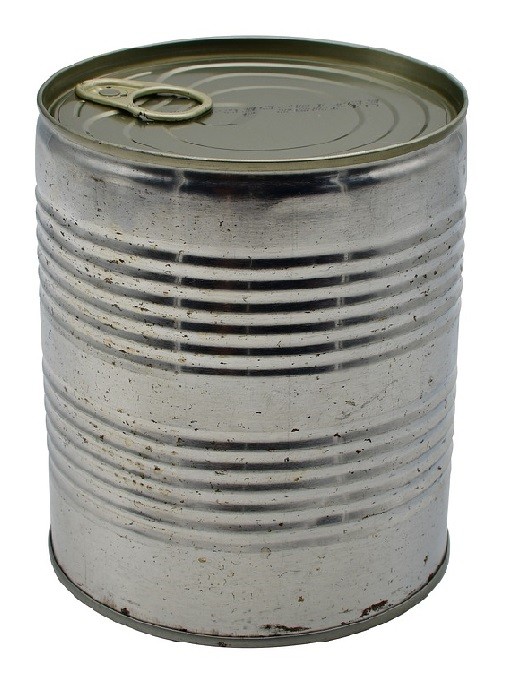DIY Solutions for Soundproofing Your Home Windows
Introduction: Why Soundproof Your Windows?
Unwanted noise from outside can disrupt your home’s tranquility, affect sleep, and reduce productivity. Whether you live near busy roads, noisy neighbors, or bustling city centers, soundproofing your windows can be a highly effective way to reclaim peace in your living space. This guide covers actionable, do-it-yourself methods to help you block, absorb, or reduce noise transmission through your windows using affordable materials and step-by-step instructions.
Understanding Window Soundproofing
Before you begin, it’s important to understand how sound travels and enters your home. Most exterior noise leaks through gaps, cracks, and the glass itself. Effective soundproofing requires addressing all potential entry points for sound. While professional solutions like double or triple glazing are highly effective, many homeowners can achieve significant results with DIY methods costing far less [1] .
Step 1: Seal Gaps and Cracks Around the Window
The easiest and most affordable place to start is by sealing any gaps or cracks around your window frame. Even tiny openings can let in a surprising amount of noise. Use a high-quality silicone or polyurethane caulk to fill gaps on both the inside and outside of the window frame. This process is straightforward and typically costs under $10 per window if you do it yourself. Not only does this help with sound, but it also improves your home’s energy efficiency [1] .

Source: do-daddy.com
How to Do It:
- Clean the area around the window frame thoroughly.
- Inspect for visible cracks or gaps.
- Apply caulk generously into any openings, smoothing it with a caulking tool or your finger.
- Allow the caulk to cure as per manufacturer instructions.
Many homeowners report immediate reductions in outside noise after resealing windows. For extra insulation, consider adding weatherstripping to the sash or moving parts of the window [2] .
Step 2: Install DIY Window Inserts or Plugs
Window inserts are one of the most effective DIY options for reducing noise. These inserts create an extra layer of glass or acrylic inside your existing window, trapping an air pocket that dampens sound waves. Quality window inserts can boost noise reduction significantly, often achieving a Sound Transmission Class (STC) rating of up to 55, which is considered excellent for privacy [1] .
DIY window plugs are another affordable method. These are panels made from materials like plywood, mass loaded vinyl (MLV), and acoustic foam, custom-cut to fit snugly inside your window frame. When in place, they block most sound from passing through the glass. Materials for a simple plug can often be sourced for under $20 per window [5] .
How to Make a Window Plug:
- Measure your window frame precisely.
- Cut a piece of rigid board (like plywood or MDF) to fit, leaving space for a weatherstrip seal.
- Layer sound-dampening materials such as MLV or insulation on the board.
- Wrap the edges with weatherstripping to ensure a tight seal against the frame.
- Insert the plug into the window whenever you need maximum noise reduction.
DIY window inserts and plugs are removable and can be made to complement your décor. They’re ideal for renters or anyone seeking a non-permanent solution [5] .
Step 3: Use Soundproofing Curtains and Blankets
Heavy, dense curtains specifically designed for sound reduction can help absorb and block noise entering through the window. Unlike regular curtains, soundproof curtains are made from thick, multi-layered fabrics with added mass. While not as effective as solid inserts, they can reduce high-frequency noise and echo inside the room. Acoustic blankets or quilted fiberglass panels can also be mounted over windows for temporary noise control [2] .
How to Use Soundproof Curtains Effectively:
- Choose curtains that extend beyond the window frame on all sides.
- Install a ceiling- or wall-mounted track so the curtain hangs flush against the wall.
- Layer multiple curtains or combine with blinds for greater mass and better results.
While these methods may not eliminate all noise, they can be a quick, aesthetic, and renter-friendly improvement. Many homeowners also use sound absorption blankets for short-term needs, such as during construction or events.
Step 4: Upgrade to Double or Triple Glazing (Advanced)
If you are seeking a long-term solution and are open to a larger investment, replacing single-pane windows with double or triple-glazed units can dramatically reduce noise. Double glazing uses two panes of glass separated by an inert gas (often argon), while triple glazing adds a third pane. These configurations increase the window’s sound insulation and thermal performance, potentially reducing noise by up to 60% [3] .
Considerations for Glazing Upgrades:
- Professional installation is recommended for best results.
- Ensure installers are experienced with soundproofing to avoid gaps that can defeat the purpose.
- Double and triple glazing also improve energy efficiency and home comfort.
While this approach is more costly (often several hundred dollars per window), it is a permanent, value-adding upgrade for your home. For those with existing double glazing, triple glazing or specialist acoustic units may be considered if noise remains a problem [3] .
Other DIY Soundproofing Strategies
In addition to the main approaches above, there are several other DIY strategies worth considering:

Source: diychoices.blogspot.com
- Weatherstripping: Adding self-adhesive weatherstripping to movable window parts improves both sound and energy insulation [2] .
- Acoustic Foam Panels: Mounting foam panels on the wall around the window helps absorb sound, though this is more effective for interior noise control.
- Noise Reduction Blinds: Some specialized blinds offer added mass and layering to help dampen incoming sound.
- DIY Kits: Window insulation kits (typically clear film) can also add a slight buffer, though their sound-blocking effects are limited compared to other solutions.
These methods can be combined for incremental improvements, especially when budget or rental status limits options.
Potential Challenges and Solutions
DIY soundproofing may not eliminate all noise, especially low-frequency sounds like heavy traffic or bass music. Effectiveness varies based on window construction, existing insulation, and noise type. Common challenges include:
- Persistent Noise: Combine multiple solutions, such as sealing, inserts, and curtains, for best results.
- Rental Restrictions: Opt for removable solutions like window plugs and curtains.
- Budget Constraints: Start with caulking and weatherstripping, then invest in additional measures as needed.
If DIY approaches do not sufficiently address your needs, consult a professional window installer experienced with soundproofing products for custom recommendations.
Summary and Key Takeaways
Soundproofing your windows is a practical DIY project that can greatly improve your home environment. Start by sealing gaps and cracks, then layer on window inserts, plugs, or heavy curtains as needed. For maximum results, consider investing in double or triple glazing. Even small changes can make a noticeable difference. Before making major purchases, research product reviews and consult reputable sources for guidance. Persistence and combining approaches typically yield the best results for most homeowners.
References
MORE FROM gowithdeal.com













